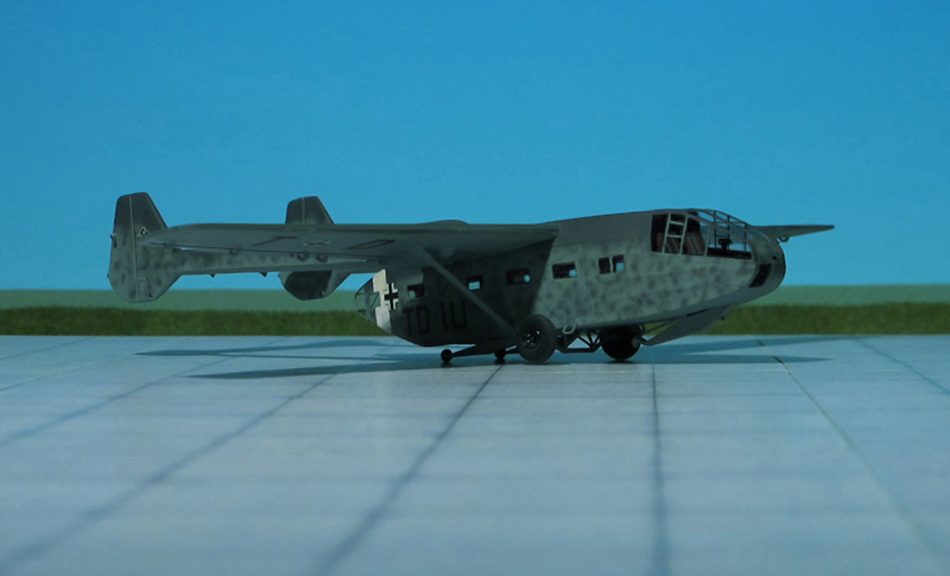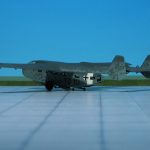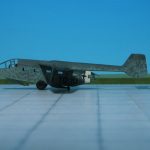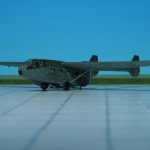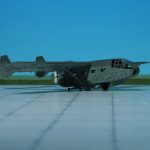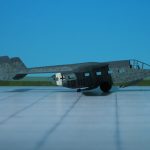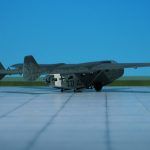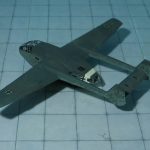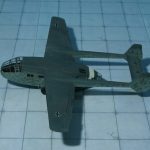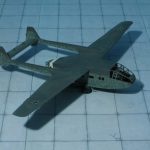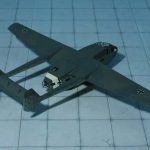TYPE: Assault and transport glider
ACCOMMODATION: One or two pilots + 23 troops or equivalent freight
POWER PLANT: None
PERFORMANCE: 186 mph
COMMENT: The Gotha Go 242 was designed in response to a ReichsLuftfahrt Ministerium (RLM) requirement for a heavy transport glider to replace the DFS 230 then in service. The requirement was for a glider capable of carrying 20 fully laden troops or the equivalent cargo.
The aircraft was a high-wing monoplane with a simple square-section fuselage ending in clamshell doors used to load cargo. The empennage was mounted on twin booms linked by a tail plane. The fuselage was formed of steel tubing covered with doped fabric. The flight characteristics of the design were better than those of the DFS 230. Cargo versions of the glider featured a hinged rear fuselage loading ramp that could accommodate a small vehicle such as a “Kübelwagen” (Jeep) or loads of similar size and weight.
Two prototypes flew in 1941 and the type quickly entered production. At the end of 1942 253 Gotha Go 242A-0 and A-1A have been delivered primarily used for freight transportation. For take-off a two wheel jettisonable landing gear and for landing three landing skids were provided. In total 1,259 Gotha Go 242A-0 and A-1 were produced.
In service, Go 242s were towed into the air by Heinkel He 111s or Junkers Ju 52s. Most saw service in the Mediterranean, North Africa, and Aegean. Occasionally, Junkers Ju 87D-2 were used as tow plane. These had strengthened rear fuselage and combined tailwheel and hook for towing the Gotha Go 242.
Furthermore, the glider was tested with rockets for overloaded take offs. A jettisonable rack of four 48 kg Rheinmetall RI 502 solid fuel rockets each developing at 153 kp thrust for six seconds was attached to the rear of the cargo compartment. These were ignited in sequence to provide a continuous 153 kp thrust for 24 seconds.
A second rocket assisted system called the “R” (Rauch) Gerät (“Smoke” Decice) was also used with the glider. This was a liquid-fuel Walter KG R I-203 (HWK 500A) “Starthilfe” (Take-off Assist) monopropellant, RATO podded rocket engine which was mounted beneath the wing on either side of the body and was jettisoned after takeoff, parachuting down to be recycled (Ref.: 24).
